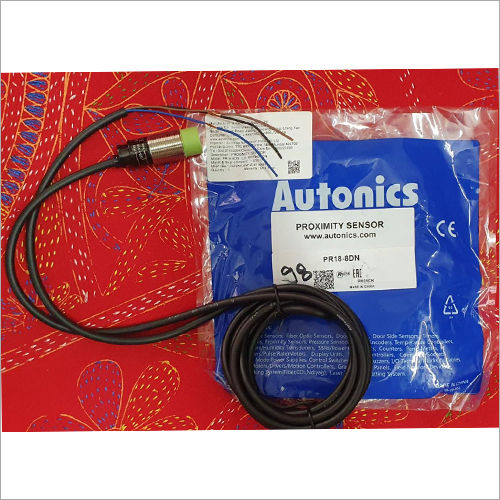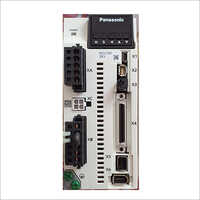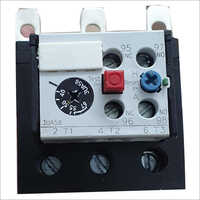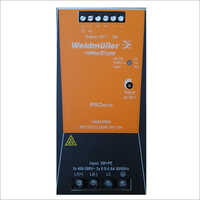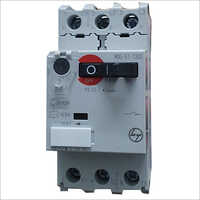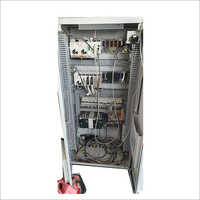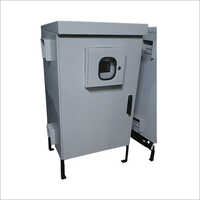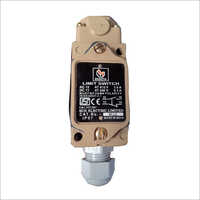Kolkata, India ![]() GST No.19BCBPR7038D1ZJ
GST No.19BCBPR7038D1ZJ
Call us now
08045802757Electric Proximity Sensor
1900 INR/Unit
Minimum Order Quantity : 20 Units
Delivery Time : 10 Days
Usage Industrial
Material Brass, Nickel Plated
Supply Ability 5500 Per Month
Payment Terms Cash Advance (CA)
Main Domestic Market All India
About this product
Electric proximity sensors, also referred to as proximity switches, are electronic devices that can sense an object's presence or absence without coming into touch with it. It works by detecting alterations in the electromagnetic field or the reflection of electromagnetic waves brought on by the presence of an object nearby.
An electric proximity sensor has the following important characteristics and capabilities:
1. Object detection: The proximity sensor's purpose is to determine if an object is present or absent inside its sensing area. The sensor is activated when an object enters the detecting zone, signalling the object's presence.
2. Electric proximity sensors work without making direct contact with the object they are meant to detect. They are useful for applications where physical touch is neither desirable or practical since they rely on changes in the electromagnetic field or the reflection of electromagnetic waves to detect the presence of things.
3. Sensing Technologies: Based on their sensing methods, electric proximity sensors can be classified as inductive, capacitive, magnetic, or photoelectric sensors. Each technology is suited to particular applications and has a unique sensing principle.
- Inductive proximity sensors generate an electromagnetic field and detect variations in the field brought on by the presence of conductive materials to identify metallic objects.
- Proximity sensors that detect objects by changing capacitance in response to the presence of objects with various dielectric characteristics.
- Magnetic proximity sensors: Ferromagnetic items, such as iron or steel, create changes in magnetic fields, which are detected by magnetic sensors.
- Infrared or visible light beams are used by photoelectric proximity sensors to identify things. They detect variations in the light received as a result of the beam's existence or interruption.
4. Proximity sensors have a defined sensing range within which they are able to detect objects. Depending on the type and model of the sensor, the range varies. The sensor's capacity to consistently detect objects within a given range is referred to as accuracy.
5. Electric proximity sensors produce output signals that show whether an object is present or not. The output can take the shape of a pulse signal, an analogue signal that is proportional to distance, or an ON/OFF digital signal.
6. Environmental Considerations: Proximity sensors come in a variety of housings and materials and are made to resist harsh conditions. Specific temperature ranges, ingress protection (IP) ratings, and resistance to elements including moisture, dust, and vibration are all given to some sensors.
7. Electric proximity sensors have a wide range of uses in automation systems and numerous sectors. They are employed in numerous non-contact object detection applications, including object detection, positioning, automation control, machine safety, assembly lines, material handling, and many more.
In sectors like industrial automation, robotics, manufacturing, and others where precise and dependable object identification is required, proximity sensors are essential. To guarantee optimum performance and compatibility with the application requirements, careful consideration must be given to the sensor type, sensing range, and environmental ratings.
Explore Additional Categories
Contact Us
 Our Products
Our Products 